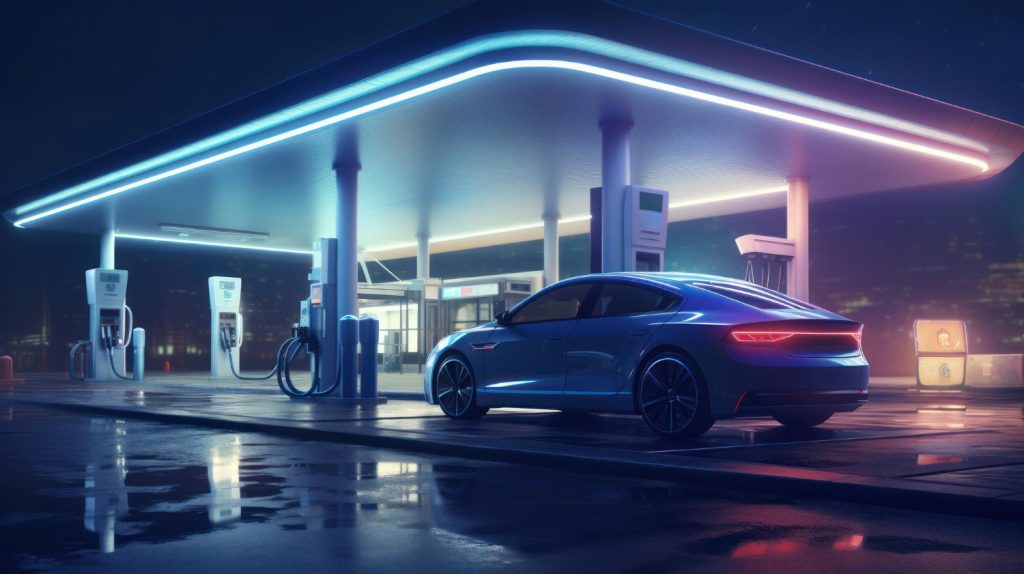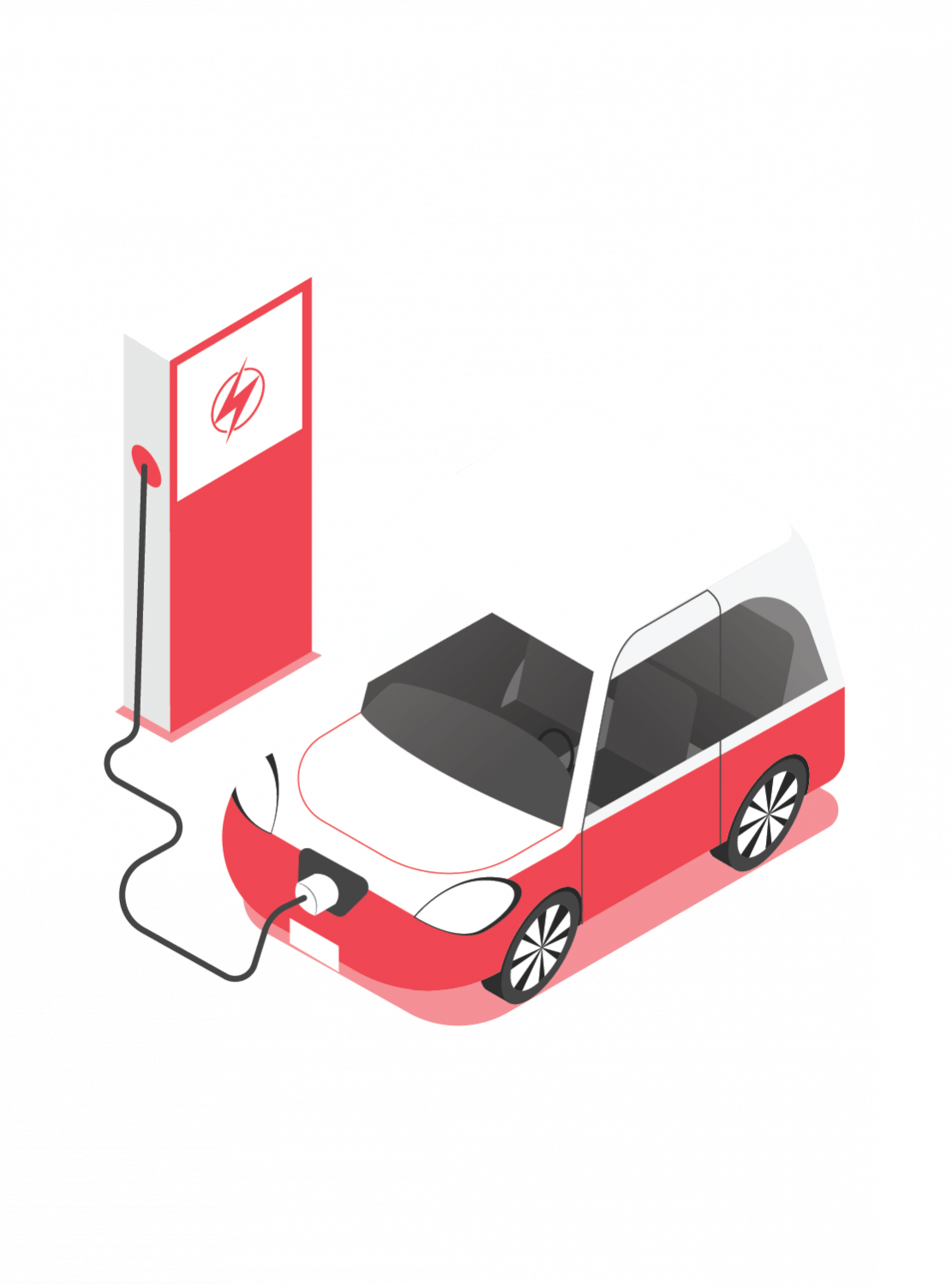Electric Vehicles adoption among Indian States and Why there is Wide gap?

India, a global giant in the automobile industry, has set ambitious targets for electric vehicle (EV) adoption. While the nation is witnessing a surge in EV numbers, there’s a stark disparity among states, creating a patchwork landscape of progress. So, why this wide gap in EV adoption across India? Buckle up, as we delve into the factors influencing this uneven terrain.
Several factors act as roadblocks to uniform EV adoption in India:
- Cost Hurdle: Despite government incentives, EVs remain pricier than their petrol/diesel counterparts, especially due to high battery costs. This price gap is a significant deterrent for budget-conscious Indian consumers.
- Charging Infrastructure Scarcity: Range anxiety is a real concern. The limited availability of charging stations, particularly outside major cities, creates uncertainty and discourages potential buyers.
- Lack of Awareness: Many Indians lack comprehensive knowledge about EVs, their benefits, and performance capabilities. Misconceptions and a wait-and-see attitude prevail, hindering widespread adoption.
- Policy Inconsistency: While some states boast strong EV policies with financial incentives and infrastructure development plans, others lag behind. This inconsistency creates an uneven playing field and discourages manufacturers from investing uniformly across the country.
- Vehicle Options: The current EV market in India primarily caters to two-wheelers and budget-friendly cars. The lack of diverse options across segments (premium cars, SUVs, commercial vehicles) limits the appeal for a wider audience.

Despite the challenges, some states are emerging as champions of EV adoption:
- Delhi: With generous subsidies, dedicated charging infrastructure, and focus on public transport electrification, Delhi boasts the highest EV penetration in India.
- Maharashtra: Strong financial incentives, coupled with an emphasis on EV manufacturing and charging infrastructure development, have positioned Maharashtra as a key player.
- Tamil Nadu: Home to major EV manufacturers and boasting robust infrastructure plans, Tamil Nadu is witnessing significant EV growth, particularly in two-wheelers.

To achieve India’s ambitious EV goals, concerted efforts are needed:
- Harmonized National Policy: A uniform national policy with consistent incentives and regulations across states would create a stable environment for manufacturers and encourage wider adoption.
- Boosting Charging Infrastructure: Expanding the network of charging stations, especially in rural areas, is crucial to address range anxiety and build consumer confidence.
- EV Awareness Campaigns: Comprehensive educational initiatives can dispel myths, highlight EV benefits, and encourage informed purchase decisions.
- Focus on Affordability: Government support schemes, battery cost reduction through innovation, and promoting used EV sales can make EVs more accessible.
- Diverse EV Options: Expanding the range of EV models across segments can cater to different needs and budgets, attracting a wider consumer base.
Conclusion:
While India faces challenges in its EV journey, the potential is undeniable. By addressing the roadblocks and implementing strategic measures, the nation can create a more level playing field, accelerate EV adoption across states, and pave the way for a cleaner, more sustainable future. Remember, the road to electric mobility may be uneven now, but collective efforts can ensure that all states eventually reach their destination: a charged-up India.



